Ayodhya Me Ram – Discover the Eternal Legacy of Lord Rama in Ayodhya
Visiting Ayodhya
Visitors to Ayodhya can experience a blend of spirituality, history, and culture. Here are some tips for those planning a visit:
Best Time to Visit:
Festivals
Visiting during major festivals like Ram Navami and Diwali can provide a unique and vibrant experience.
Winter Season
The period from October to March is ideal due to the pleasant weather.
Travel and Accommodation:
By Air
The Maharishi Valmiki International Airport (IATA: AYJ, ICAO: VEAY) is located in Ayodhya Dham. Lucknow Airport is also only 150 km west of the city. Taxis and jeeps are available from the airport to reach Ayodhya.
By Train
Ayodhya Dham railway station is an important junction in North India. It is well connected to Delhi, Lucknow, Kanpur, Varanasi, Gorakhpur and Gonda. The railway station is less than two km away from the Ram Janmbhoomi Temple.
By Road
Uttar Pradesh State Road Transport Corporation (UPSRTC) operates regular buses to Ayodhya from major cities like Lucknow, Varanasi, and Gorakhpur or you can use your own car/taxi.
Accommodation
A range of hotels, guest houses, and dharamshalas (pilgrims’ rest houses) are available to suit different budgets.
Local Cuisine:
Vegetarian Delights
Ayodhya offers a variety of vegetarian dishes, including traditional North Indian cuisine. Street food and local sweets like peda are also popular.
Etiquette and Customs:
Respect Local Traditions
Dress modestly and respect local customs, especially when visiting religious sites.
Participate in Rituals
Visitors are welcome to participate in local rituals and ceremonies, enhancing their cultural experience.
Top Places to Visit in Ayodhya
Ayodhya, located in Uttar Pradesh, India, is one of the most significant cities in Hindu mythology and history. It is the birthplace of Lord Rama and a key pilgrimage site. Here are some must-visit places in Ayodhya:
Shri Rama Janmbhoomi Temple
Significance
The Ram Janmabhoomi Temple is believed to be the exact birthplace of Lord Rama. This site holds immense religious and cultural significance for Hindus.
Features
The temple complex is currently being constructed and is expected to become one of the grandest temples in India upon completion.

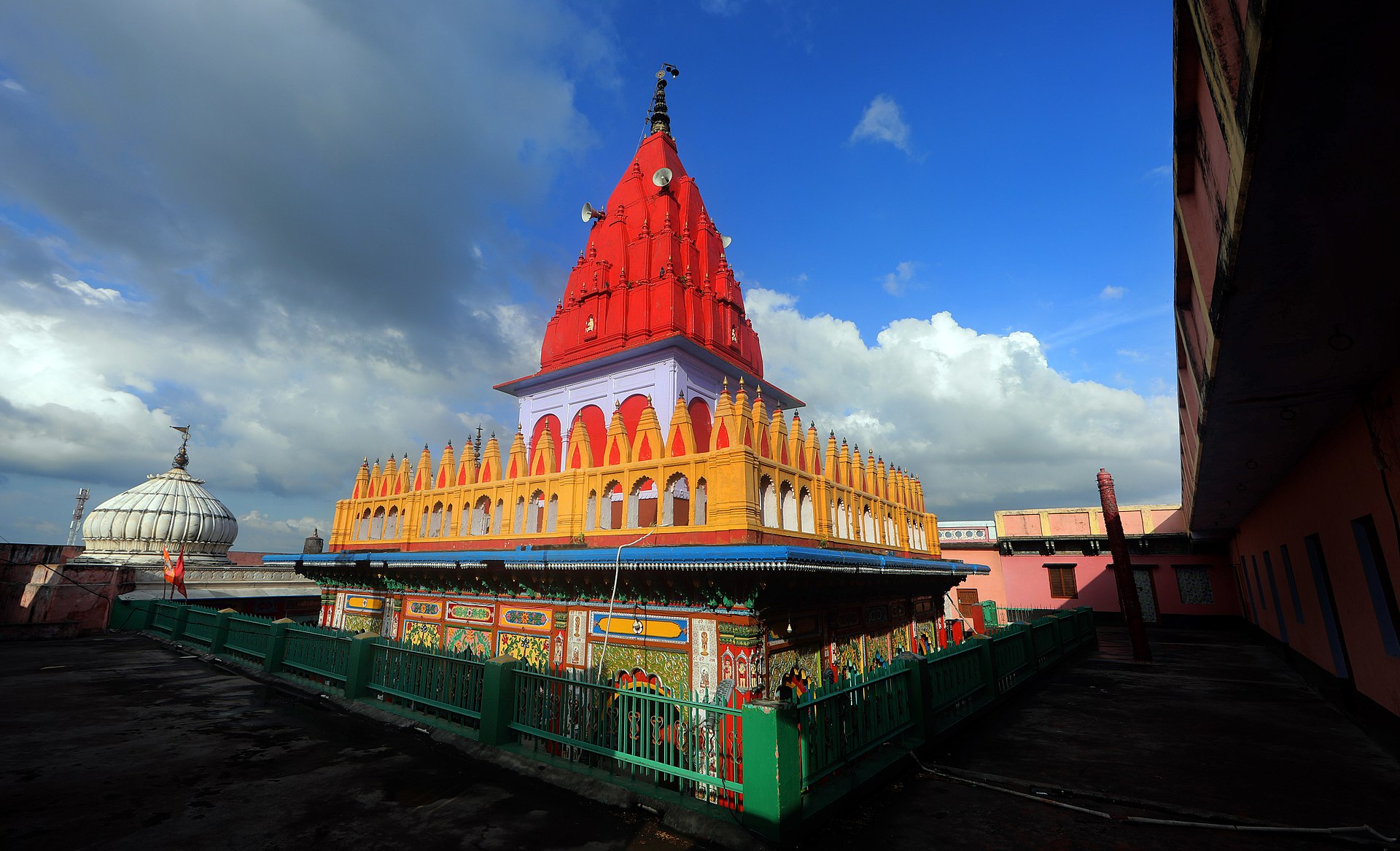
Hanuman Garhi
Significance
Hanuman Garhi is a 10th-century temple dedicated to Lord Hanuman. According to legend, Lord Hanuman lived here to protect Ayodhya.
Features
The temple is situated on a hill and offers a panoramic view of the city. It houses a statue of Hanuman carrying a child Rama on his shoulders.
Kanak Bhawan
Significance
Kanak Bhawan, also known as the "House of Gold," is dedicated to Lord Rama and Sita. It is believed that this palace was given to Sita by Rama’s stepmother, Kaikeyi.
Features
The temple features beautiful idols of Rama and Sita adorned with gold ornaments. The architecture and intricate carvings are noteworthy.
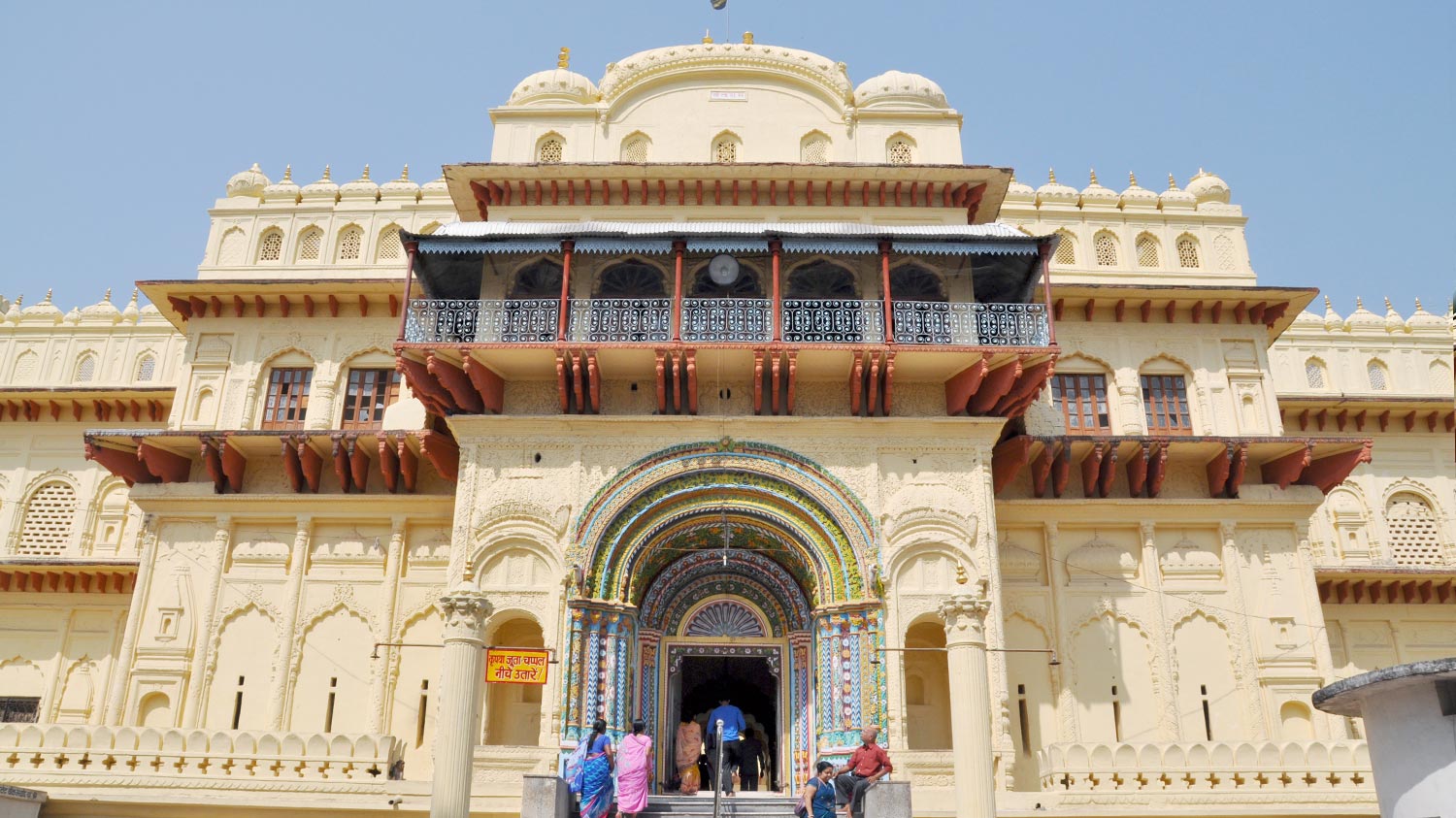
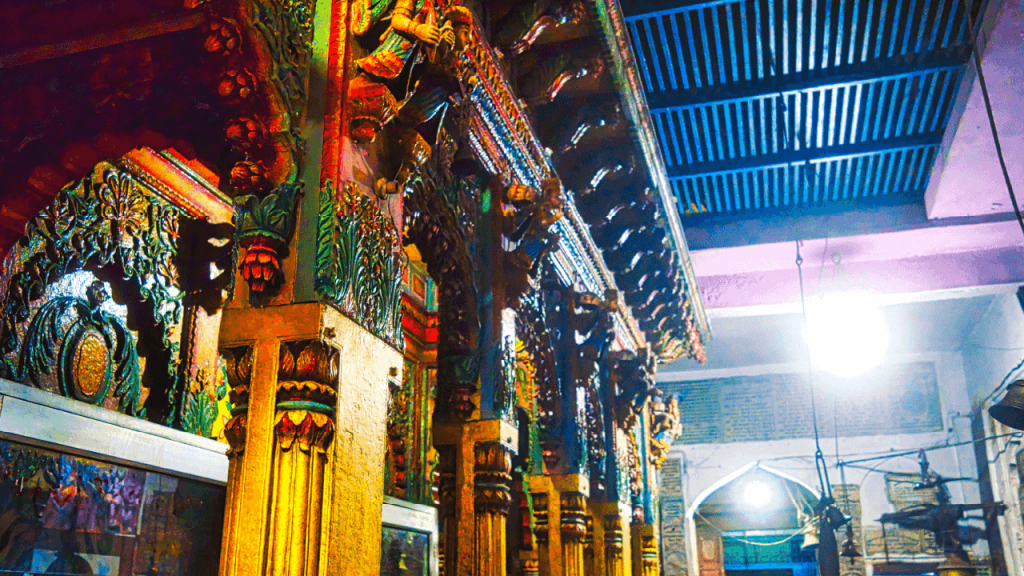
Nageshwarnath Temple
Significance
The Nageshwarnath Temple is dedicated to Lord Shiva. It is believed to have been established by Kush, the son of Lord Rama.
Features
The temple is an important site during the Shivratri festival, attracting a large number of devotees.
Ramkatha Park
Significance
Ramkatha Park is an open-air theater where various cultural and spiritual events, especially related to the life of Lord Rama, are performed.
Features
The park has beautifully landscaped gardens and an amphitheater. It is a popular spot for tourists and locals to relax and enjoy performances.
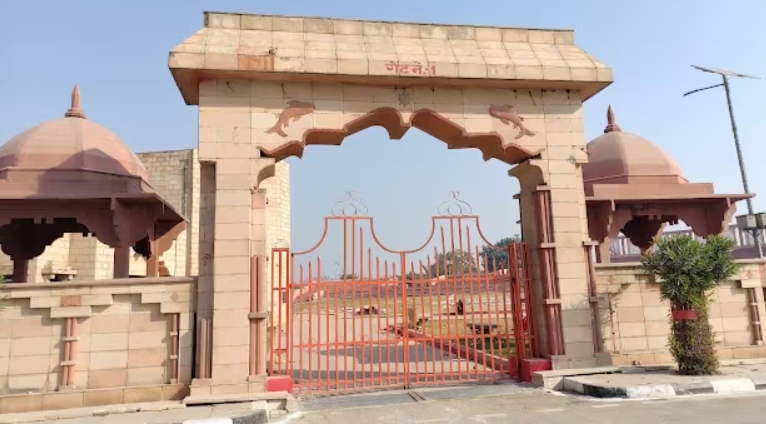

Guptar Ghat
Significance
Guptar Ghat is a significant ghat on the banks of the Sarayu River, where it is believed that Lord Rama took Jal Samadhi (immersed himself in water and left his earthly life).
Features
The ghat is a serene and peaceful spot, ideal for evening walks and spiritual contemplation. It also features several temples and is a site for various religious rituals.
Sita Ki Rasoi
Significance
Sita Ki Rasoi is an ancient kitchen believed to be used by Sita herself. It is located near the Ram Janmabhoomi Temple.
Features
The site is now a temple, showcasing various utensils and kitchen items from the period, symbolizing the simple life led by Sita.

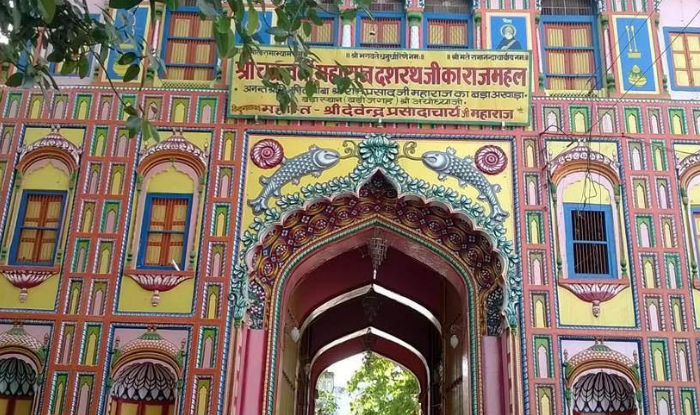
Dashrath Bhawan
Significance
Dashrath Bhawan is one of the most significant and revered places in Ayodhya. It holds immense religious and cultural importance as it is believed to be the royal palace of King Dasharatha, the father of Lord Rama.
Features
During major festivals, Dashrath Bhawan is beautifully decorated with flowers, lights, and colorful fabrics. Special pujas and rituals are conducted, attracting a large number of devotees.
Raja Mandir
Significance
The name "Raja Mandir" signifies its association with royal patronage. Historically, it has been supported and maintained by various royal families, adding to its prestige and significance.
Features
Raja Mandir features traditional Hindu temple architecture, characterized by intricate carvings, ornate pillars, and spacious courtyards. The temple’s design reflects the grandeur and aesthetics of classical Indian architecture.
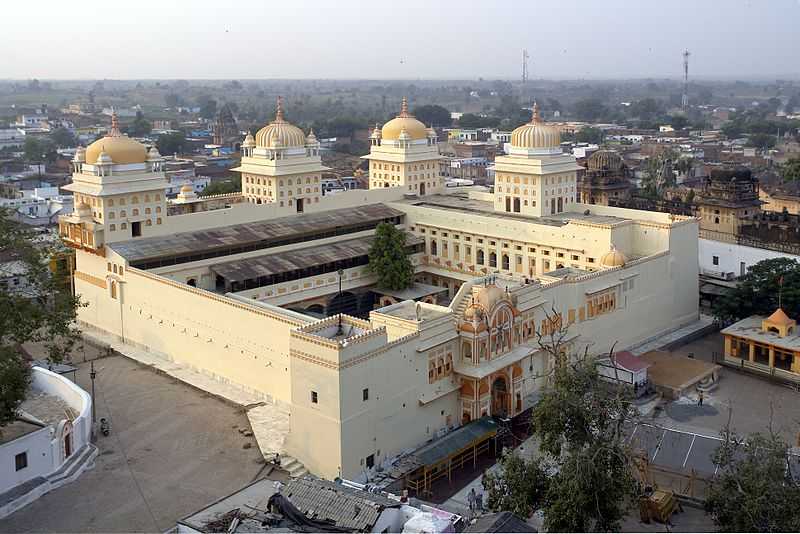
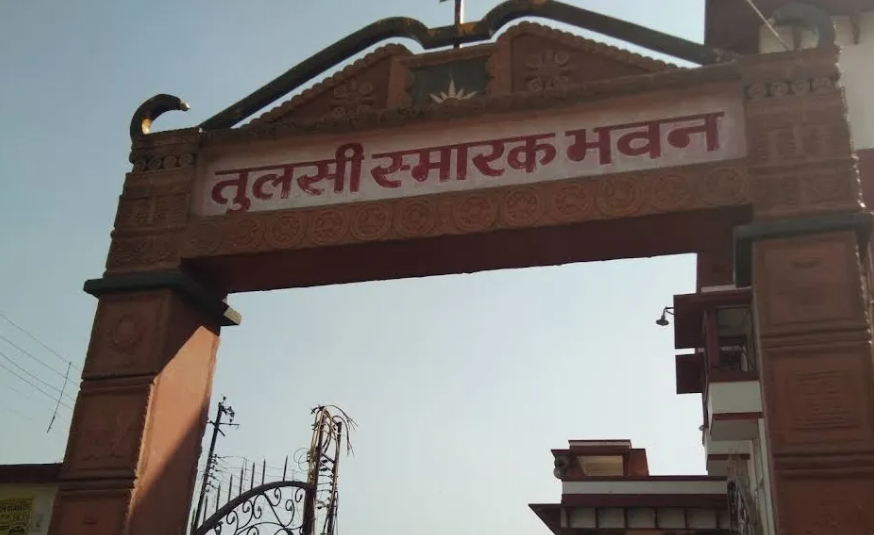
Tulsi Smarak Bhawan
Significance
Tulsi Smarak Bhawan is a memorial dedicated to Goswami Tulsidas, the author of Ramcharitmanas. It celebrates his life and contributions to literature and spirituality.
Features
The complex includes a research institute, a museum, and an auditorium where Ramayana-related events and recitations are held.
"Ayodhya is not just a city of temples but a repository of India’s rich cultural, religious, and historical heritage. Each site in Ayodhya has its own unique significance, making the city a must-visit for pilgrims, history enthusiasts, and tourists alike."
